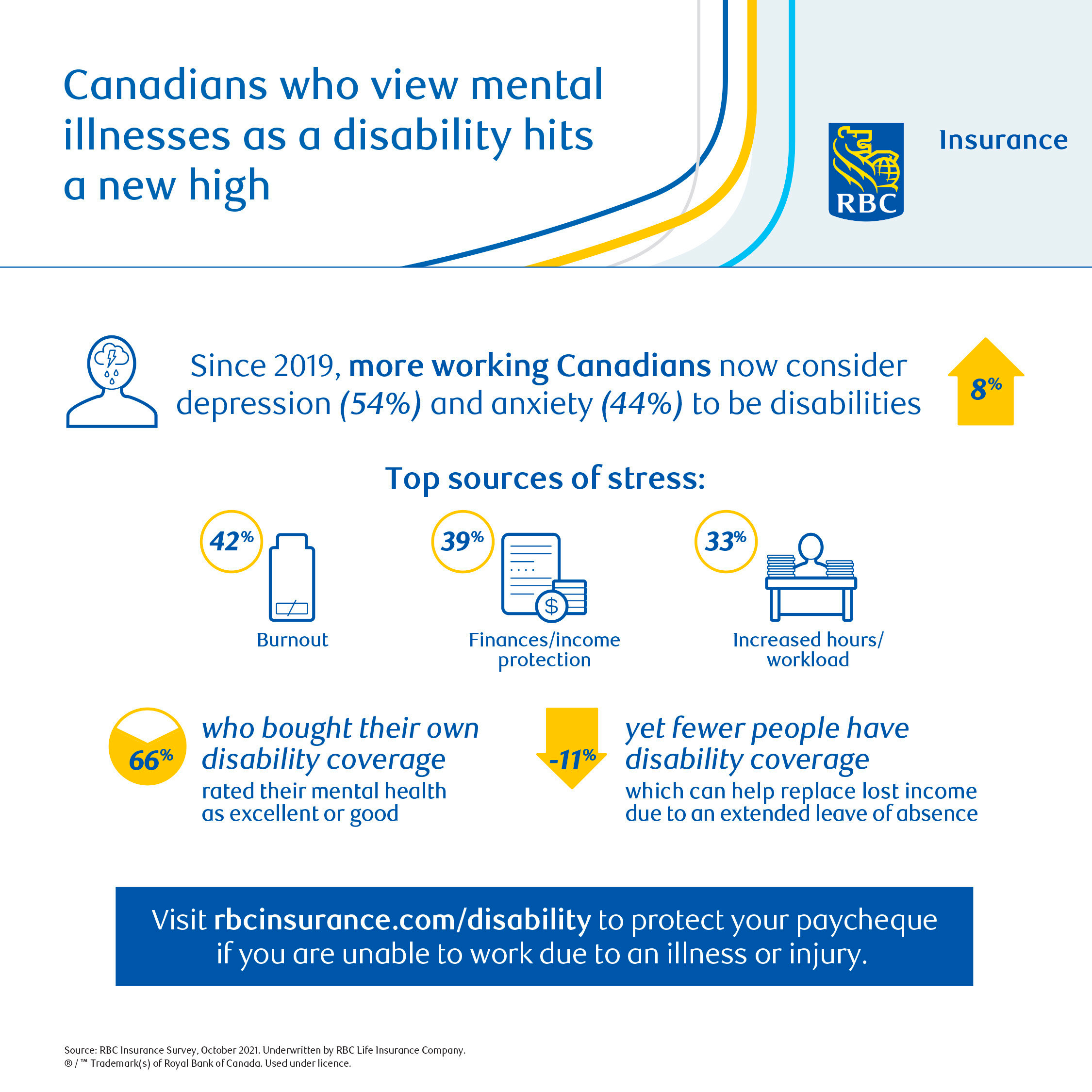Stories about weather-related property damage have become more common in recent years. Snowmelt and frozen rain, coupled with frozen ground, has led to widespread overland flooding, seepage, and sewer backups.
Over the past decade, the Insurance Bureau of Canada (IBC) calculates that extreme weather events caused at least $1 billion in losses. In 2020 alone, the IBC reports that January’s record-breaking high temperatures in southern Ontario and Quebec already caused more than $95 million in damages.1
When it comes to water damage coverage most home insurance policies provide some coverage to help protect your family and home from water-related damages.
Understanding Insurance Terminology
Before we examine the coverage, let’s take a minute to review some of those terms in your insurance policy that you’ve heard but may not understand what they mean.
- Seepage: when water flows or passes slowly over time through fine pores or an opening – like your basement walls or windows.
- Water escape: when water, that’s flowing through the pipes in your home, gets out of the pipes in a manner that it’s not supposed to – like a burst pipe.
- Sewer system: pipes that carry waste and storm water.
- Watermains: pipes underground that bring fresh, clean drinking water to your house.
- Sudden and accidental:
- Sudden: something that happens unexpectedly without warning and has not been ongoing.
- Accidental: unintentional, not on purpose.
Common Home Insurance Water Damage Coverage
Weather-related events aren’t the only possible causes of water damage; leaks and burst pipes are also common causes of damage to homes, so it’s important to know what your policy covers.
Home insurance policies in Canada typically offer water damage coverage caused by sudden and accidental water escape from the following:
- Eavestroughs, downspouts or ice dams
- Watermain breaks
- Water or steam from plumbing, heating, or air conditioning systems
- Overflow from domestic appliances or water containers like your hot water tank or washing machine
- Swimming pools or their attachments
- Water coming through an opening created suddenly and accidentally by another covered cause
Additional Coverage Options
If you’re concerned about water damage and how it might result in expensive repair costs, you may want to consider purchasing additional coverage. For example, you might add sewer back up coverage, which provides coverage for damage caused by water getting into your home through a backed-up sewer system. This covers losses due to sewers overflowing and sewage backing up through the drains into your home.
Given the increase in flooding over the past decade, you may also want to consider overland water insurance, commonly known as flood insurance. This helps protect your home and contents against water damage due to lake or river overflow, heavy rainfall accumulation, and rapid snow melt that’s too much for drainage systems to handle.
Check with your home insurance provider to see if adding this insurance is an option if you live in a flood prone area.
What Water Incidents are NOT Covered by Insurance?
The key thing to note with water damage under a home insurance policy is that the incidents must be sudden and accidental. A typical home insurance policy will not cover damage due to leaks or seepage over time.
It is also important to note that coverage is for the damage caused by the water and not the initial cause itself. For example, if your pipe bursts and damages your carpet, the damage to your carpet is covered, however the cost to replace your pipes might not be. This is because the damage to the pipe would most likely be due to deterioration, faulty workmanship, or something else that is not covered by your policy.
There are some water damage losses that would not be covered under your home insurance policy unless additional coverage is purchased.
- Backup, escape or overflow water from sump pumps, septic tanks, weeping tiles, or French drains. (ask an advisor how sewer back up can help)
- Flood, ground water, rising water tables. (ask an advisor how overland water coverage can help)
Other water damage losses not typically covered by standard homeowners insurance, also known as exclusions, include:
- Tides and tidal waves
- Spray, waves, storm surges
- Ice
- Water-born objects like boats or debris
- Seepage
- Escape of water from an appliance or a container outside of your home caused by freezing
- Damage due to freezing of plumbing, heating, sprinklers, air conditioning or domestic appliance in an unheated area of your home
- Water damage to a home that has been vacant for 30 days or more
What You Can Do
By taking action now to protect yourself, you can reduce the odds of water damage hurting your home and your wallet. Ensure you have the insurance protection best suited to your home and region. Check out these tips to help you prevent water damage to your home.
Sources:
1.January storm caused over $95 million in insured damage. IBC. February 18, 2020
Great Rates and Expert Advice on Home Insurance
Get a free online quote* for coverage to protect you, your property, and your belongings from the unexpected.
*Home and auto insurance products are distributed by RBC Insurance Agency Ltd. and underwritten by Aviva General Insurance Company. In Quebec, RBC Insurance Agency Ltd. Is registered as a damage insurance agency. As a result of government-run auto insurance plans, auto insurance is not available through RBC Insurance in Manitoba, Saskatchewan and British Columbia.
This article is intended as general information only and is not to be relied upon as constituting legal, financial or other professional advice. A professional advisor should be consulted regarding your specific situation. Information presented is believed to be factual and up-to-date but we do not guarantee its accuracy and it should not be regarded as a complete analysis of the subjects discussed. All expressions of opinion reflect the judgment of the authors as of the date of publication and are subject to change. No endorsement of any third parties or their advice, opinions, information, products or services is expressly given or implied by Royal Bank of Canada or any of its affiliates.
Share This Article
Read This Next









